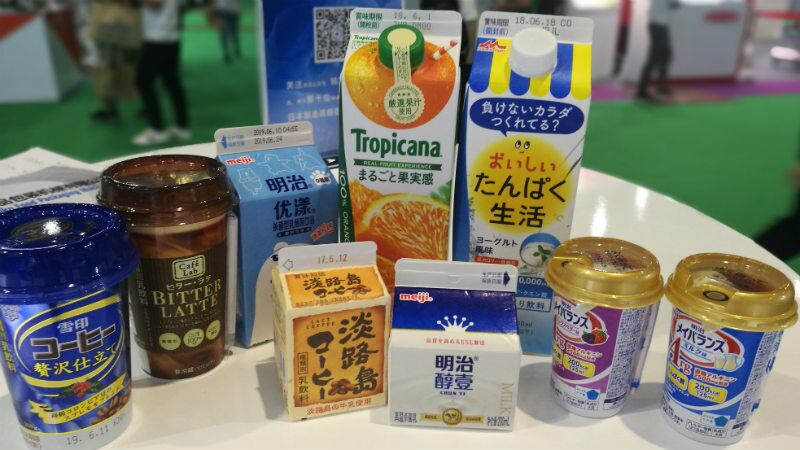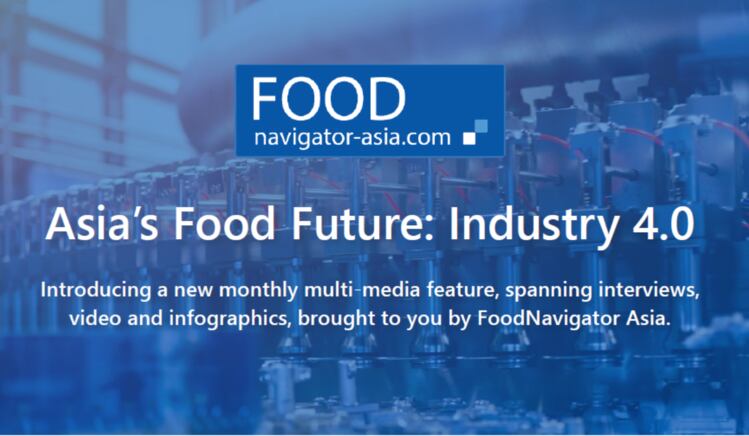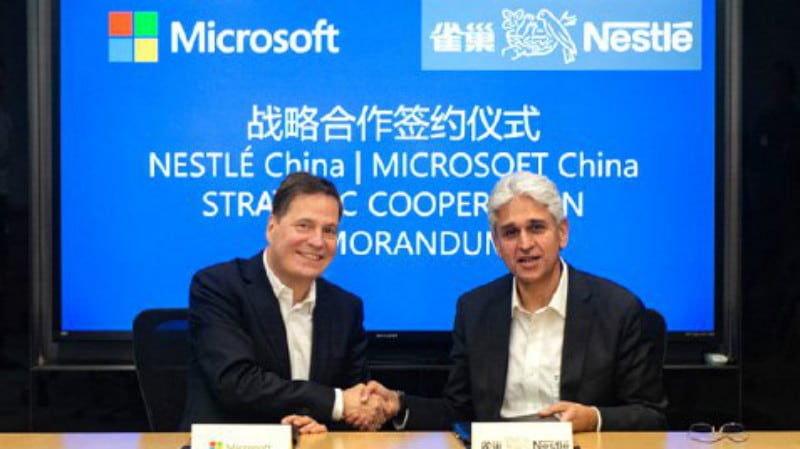Shikoku Kakoki is a Japanese firm with a focus on manufacturing packaging and filling equipment for dairy and juices in its Shanghai-based China division, Shanghai Shikoku Food Packaging Machinery.
“Our latest launch in China is the SKS-F07 carton-filling machine. The major advantage [we have developed for] this machine is the ability to wash everything automatically, [so as to] maintain a high hygiene level,” Shikoku Kakoki General Manager, Business Planning & Promotion Office Hiroyuki Tanaka told FoodNavigator-Asia.
“This is the first time a machine with such an advantage has been developed in China – so far most machines have been using manual cleaning [techniques]. This is just starting [to make an impact] in China, although it is gaining popularity back in Japan.
“Nowadays in the China market, [food safety and] high quality are very important to customers, hence the need for such a machine. The machine also has decontamination and sterilisation capabilities using hydrogen peroxide, so as to remove any possible foreign material that may have gotten in.”
Customers also have the option to easily change the carton/container size which needs to be filled.
“In our competitors’ machines, it is very difficult to adjust the [container sizes], but this machine makes it very easy, so basically we can produce many different-sized products with the same machine, from one litre to half litre to 330ml and more,” Tanaka told us during the Propak China 2019 show in Shanghai.
The company also produces cup-filling machines which produce ready-to-drink sealed cups of coffee for brands such as Starbucks as well as yoghurt for Meiji.
“The major advantage of the cup-filler is the aseptic aspect – this increases the products’ shelf-life to reach six to eight months, and also increases the hygiene levels,” he added.
Shikoku Kakoki counts Meiji and Morinaga amongst its major customers in Japan, and dairy giants Yili, Mengniu and Bright Dairy as its key local Chinese clientele.
“We are also looking at expanding further beyond dairy to other beverage companies, such as Coca-Cola and Pepsi,” Tanaka added.
Shikoku Kakoki has a factory in Shanghai and subsidiaries in Bangkok, the United States and Germany.
Evolving towards the future
The company made use of Mixed Reality (MR) technology at the show to showcase the SKS-F07, where the audience was able to see a three-dimensional representation of how the machine and its individual components worked in detail with images projected onto a screen from a high-tech lens worn by the presenter – without the machine even being physically present.
Watch the video below for a glimpse of this:
“MR technology means we don’t need the real machine to actually be present, but can still explain in detail about it at low cost,” said Tanaka.
“This is important for us in Japan and especially in China, as it also reduces the risk for us with regard to any component design being copied by others, and we can also make sure our key points are presented more effectively.”
Packaging trends in China
Commenting on packaging trends in the country, Tanaka said that Chinese consumers were now leaning towards fresh and chilled products versus aseptic UHT products that can be left at room temperature, which used to be the most popular locally.
“Taste is a major factor here – fresh and chilled products in cartons tend to taste better. These cartons are not aseptic, so they need to be refrigerated, but the taste factor is driving [the growth of this category],” he said.
He added that Asia as a whole is ‘behind’ Japan and China in terms of packaging advances.
“This is because the focus is on lower-cost products [there], for example UHT-brick packaging [which is] the cheapest option.”
“Japan however is also very focused on taste, but also on unique packaging designs. About two years ago, we started to put caps on the top of [the packaging], because [we found that] the ageing Japanese population need the caps to easily open the cartons, versus the traditional methods.”
Moving forward though, he foresees the trend of including other particle-form ingredients such as tapioca balls into packaged drinks growing, which will make filling processes more complicated.
“This means more components, possibly like a mixer, would be needed to complete the filling and packaging process,” said Tanaka.





